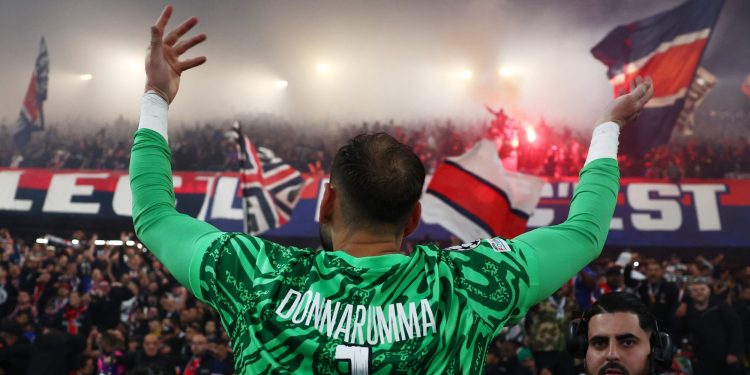The Myth of European Supremacy has taken a hit so far at CWC, but that could all still change next week
Europe Arrives Expecting to Cruise
For the better part of two decades, European club football has stood on a pedestal, untouchable. The money, the prestige, the Champions League glitz—no one questioned the dominance. When European giants turned up to the Club World Cup, the assumption was simple: cruise through, collect the check, lift the trophy.
But this new 2025 Club World Cup, with its expanded format and real competition, has started to tear that narrative apart.
Six games in, the Europeans are wobbling. They’ve lost to Flamengo and drawn with Fluminense, Al Hilal, and Monterrey. Botafogo beat PSG. Boca Juniors pushed Bayern Munich to the brink. Yes, Bayern ultimately won—because they’re Bayern—but it took them 85 minutes to break through.
The scorecards are clear: Europe hasn’t dominated. They’ve been tested. Outplayed. Outworked. And in some cases—outsmarted.
South America Doesn’t Fear the Badge
What stands out most isn’t just the results, it’s the demeanor. The Brazilians and Argentinians aren’t rolling over. Flamengo walked into Philly and battered Chelsea 3-1. Boca fans took over in New Jersey and turned Bayern vs. Boca into a road game for the Germans. And on the pitch, the energy, the edge, the urgency—they’ve all favored the teams many assumed were second-tier.
Even Fluminense, who finished 13th in Brazil last season, looked more organized and more dangerous than Borussia Dortmund, who played in a Champions League final just 13 months ago last June.
Are the likes of Flamengo and Palmeiras at the level of Real Madrid or Man City? No. But can they beat elite European teams on the right day with the right plan and intensity? That’s not a hypothetical anymore.
Fatigue? Timing? Heat? Or Reality?
Of course, the Europeans have excuses—some of them legitimate. They’re coming off 10-month grinds while the South Americans are in midseason rhythm. The travel, the heat, the weird kickoff times—it’s not their comfort zone.
But even those caveats feel thin when Monterrey is drawing Inter Milan, Al Hilal is pressing Real Madrid, and MLS clubs aren’t just participating—they’re hanging.
The intensity gap is the real story here. To Flamengo, to Boca, to Al Hilal—these games mean everything. To European clubs, it’s still just a nice global showcase with limited stakes. That shows.
As Harry Kane said, “They play at a high level. Maybe a different style. They make it more of a battle.”
A Global Game, A Global Shift
And maybe that’s the biggest takeaway of all. Europe still owns the top shelf. But the rest of the world? They’re not far behind. And on any given day, they can flip the script.
But the Knockout Stage Could Flip the Narrative Back
Of course, all of this can change—and fast. When the knockout rounds arrive, the quality and depth of the European squads could still rise to the surface. It’s entirely possible that seven or eight European clubs make it to the quarterfinals, and we still end up with the all-European semifinal that most analysts predicted before a ball was kicked. Talent tends to find a way when the pressure mounts and margins get tighter.
But the group stage has rattled that belief. The gap between the expected and the actual is shrinking with every passing matchday. The notion that Europe would walk through this tournament now looks naive. There’s still time for a course correction, but if the early signs are any indication, this Club World Cup isn’t following the old script. It’s writing a new one.


















